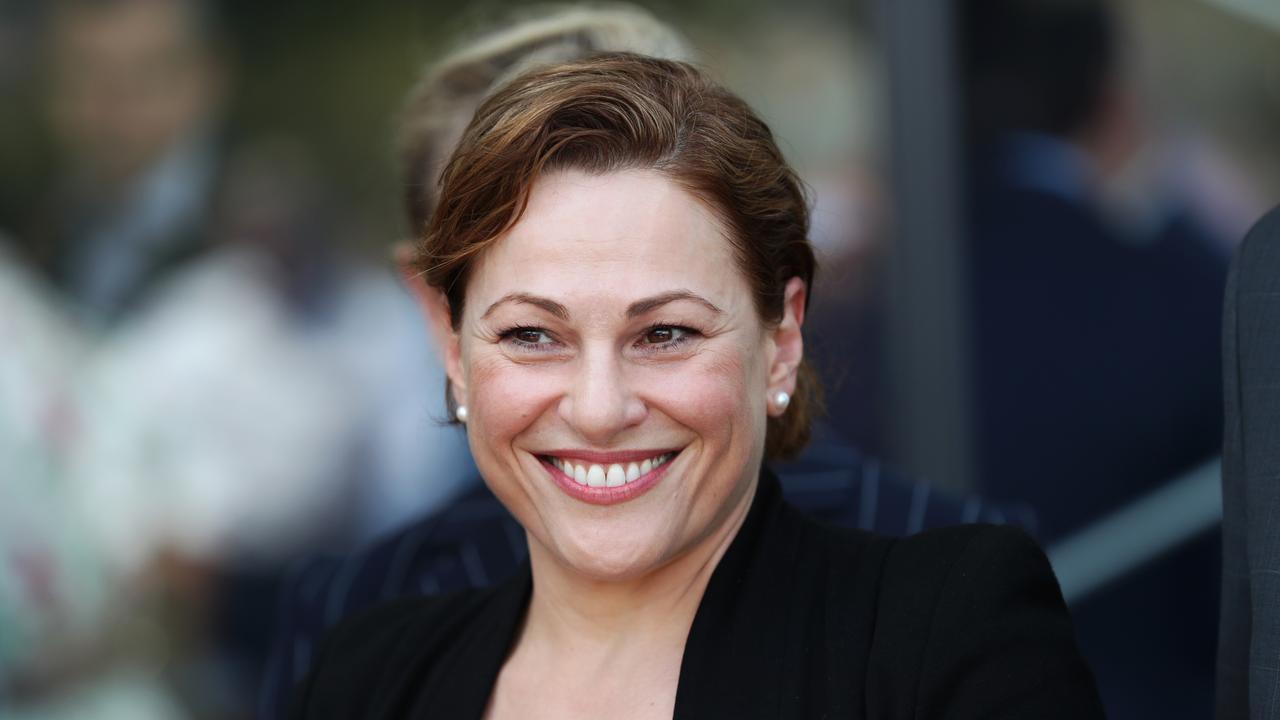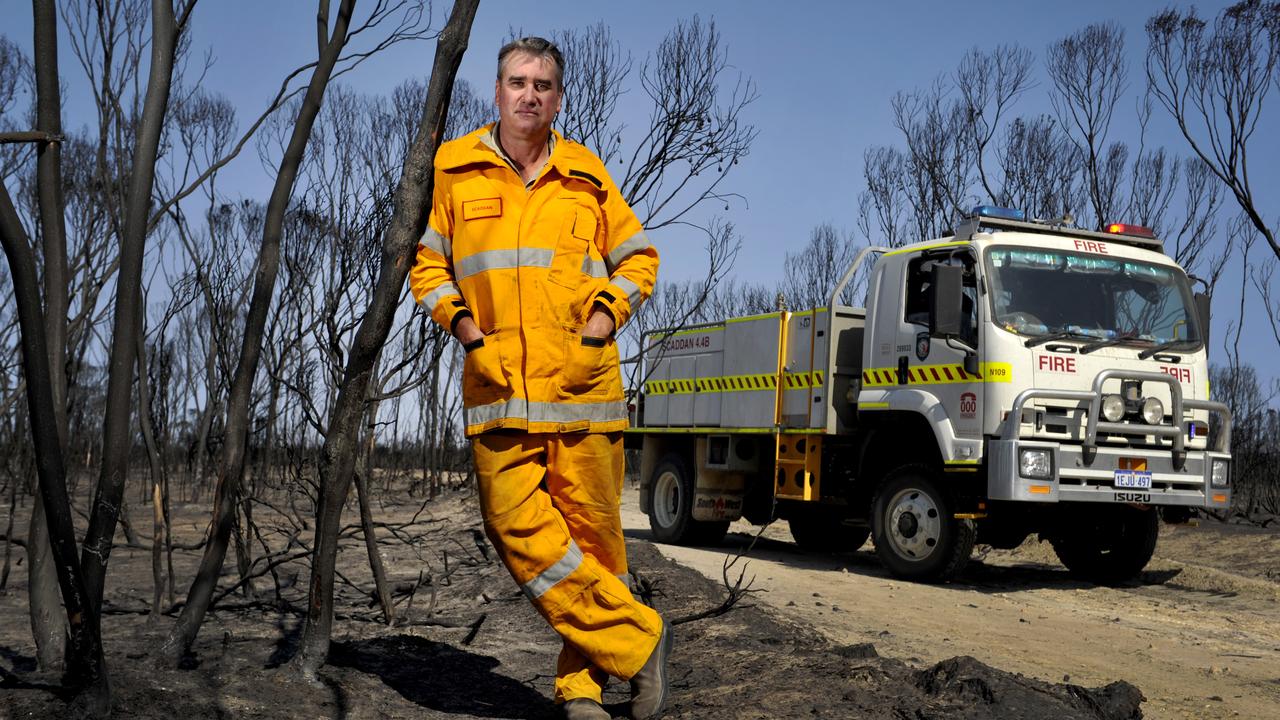Labor opens up leader election
TASMANIAN Labor is to change how it elects its parliamentary leader by allowing MPs and union and party members to decide.
TASMANIAN Labor is to radically change how it elects its parliamentary leader by allowing MPs and union and party members to decide, rather than just MPs.
Saturday's Tasmanian Labor conference will adopt a motion backed by the dominant Left faction to change the rules so that when in opposition, an electoral college of about 26,000 people will vote to decide who leads the party, but when in government, MPs will decide on the premier.
For the rule change to take effect, Tasmanian Labor needs to secure a change to the National Principles of Organisation, which they will do at the national conference in 2014.
Although the reform is backed by the Left, which controls about 75 per cent of conference delegates, Premier Lara Giddings -- from the Left -- has not stated a position on the change and is understood to have reservations.
Tasmanian support for the reform follows the decision of NSW Labor last month to establish a committee to examine the idea of party members and MPs jointly electing the NSW parliamentary leader.
The proposal to change the method of electing the leader -- which was adopted unanimously by the Left at a recent meeting -- will be moved by Tasmanian Labor state secretary John Dowling and the president of Young Labor, Adam Clarke.
Mr Dowling told The Australian: "I see this as the next step in the reform of the party, both in Tasmania and nationally.
"The more member engagement we have, the better it is for Labor's long-term future."
Mr Clarke said: "We know from the experience in Canada, the United Kingdom, France and other centre-left parties overseas who allow members to elect the leader is that it leads to an expansion in party membership.
"Directly electing the leader will grow our membership and have a positive impact on the party's electoral competitiveness."
The push for a change within Tasmanian Labor has been largely kept from public view, but Infrastructure Minister David O'Byrne has called for debate on how the party elects its leader.
The conference motion says the model for electing the leader will comprise three components: about 1000 party members, 25,000 members of affiliated trade unions, and state MPs, who currently number 11. These are to be "equally weighted at one-third of the total ballot", which means the smaller the pool of voters, the larger weighting they have in the result.
The model, which resembles that used by the British Labour Party to elect its leader, will allow triple voting if a person is an MP, a union member and a party member.
A leadership election could be triggered by the incumbent leader, a majority of state MPs or a vacancy arising.
It would be a postal ballot using a preferential system of voting that would begin 30 days after the close of nominations and be open for 10-20 days.
Over time, this is expected to become the model for electing the leader in both opposition and government.
The party's rules require all parliamentary leaders to be chosen by MPs.
Party activists argue that removing the right of MPs to elect the leader will end the so-called "revolving door" of premiers and prime ministers that has characterised NSW and federal Labor as it reduces the power of faction and union bosses.



